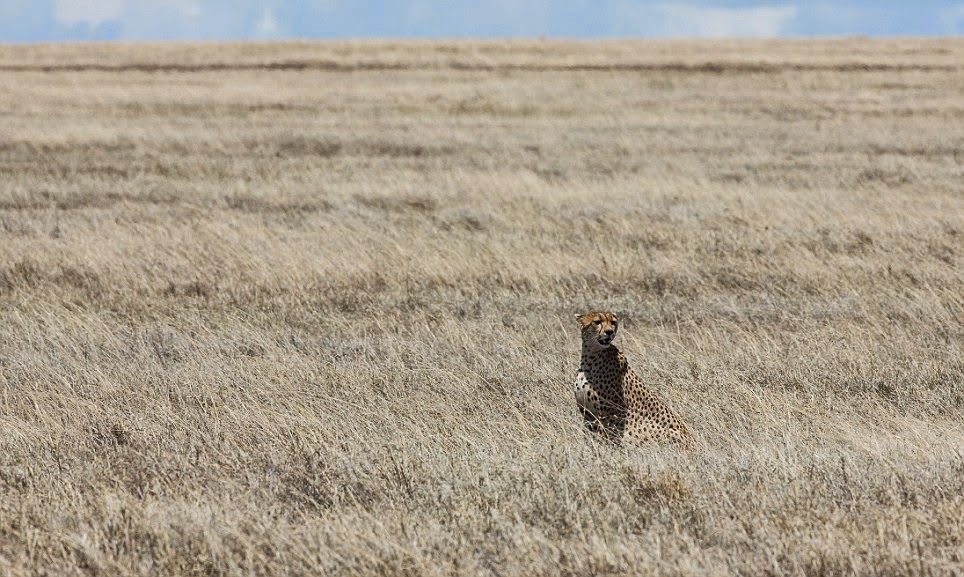Fin whales (Balaenoptera
physalus) are the 2nd largest living mammals on our earth, just after blue
whales. When you consider that the average fin whale needs to hurl its 80+ tons
and 89+ feet out of the water and into the air, the spectacle becomes even more
incredible. As one of the fastest whales in the world, the fin can reach
cruising speeds of 23 mph with short bursts up to 29 mph. (The Sei whale may
beat it for short sprints up t0 40mph, but not for cruising speed. Their remarkable
speed has given Fin whales the nickname "greyhounds of the deep." Fin
whales appearance is mild sexual ‘dimorphism’ with females measuring longer
than males by 5-10%. Adults can weigh between 80,000-160,000 pounds (40-80
tons).
Fin whales are found in all the
oceans of the world, but their migration process is not well understood. In the
Southern Hemisphere, fin whales migrate south to feed on krill and other
plankton in the summer, and north to likely give birth in warm waters closer to
the Equator in the winter. Though, it is not well defined whether all of the
population engages in this migration every year.In the Northern Hemisphere
there’re related north-south migrations, and several whales appear to return to
the same feeding grounds every year, but the pattern is not so clear-cut, maybe
because of the influence of the Gulf Stream in the North Atlantic. Populations
of northern and southern hemispheres never meet.Fin Whale has been sternly
impacted worldwide by commercial whaling when about more than 750,000 animals
were killed in areas of the Southern Hemisphere only in between 1904 and 1979,
and they’re rarely seen these days. Their current status is unidentified in
most areas outside of the North Atlantic.
Well, Fin whales colors are dark
grey to brownish black, with pale or white undersides. Some fin whales have a
pale grey chevron on each side behind the head and there may be a dark stripe
running up and back from the eye, and a light stripe arching down to where the
flipper joins the body. This mammal has a unique characteristic among mammals, famous
as asymmetrical pigmentation: the lower right jaw is bright white, the lower
left jaw black. The reason for this unusual coloring is unidentified, but specific
researchers have speculated that fin whales circle schools of fish with the
white side facing the prey and frightening them into denser schools that are
easier for the whale to catch.
Fin whales are pelagic and
coastal species, sometimes occurring in shallow waters (30 m), most observed as
single animals, but sometimes see in pairs or groups. Young fin whales nurse
for 6-7 months, and sexual maturity is reached in between 6 to 11 years. The
life span of a fin whale is around 85 to 90 years. It has been assumed that breeding
occurs in warm waters, but no exact breeding grounds have been observed.
Females give birth every 2-3 years and the gestation period is 11 to 11.5
months. In winter and autumn there’s no feeding and whales are found in lower
latitudes. Herring, capelin and other shoaling fish are eaten in both the North
Atlantic and North Pacific, along with squid, and euphausiids and copepods
which are small crustaceans. The fin whale, like other baleen whales, strains
its food from the water through baleen plates.


































